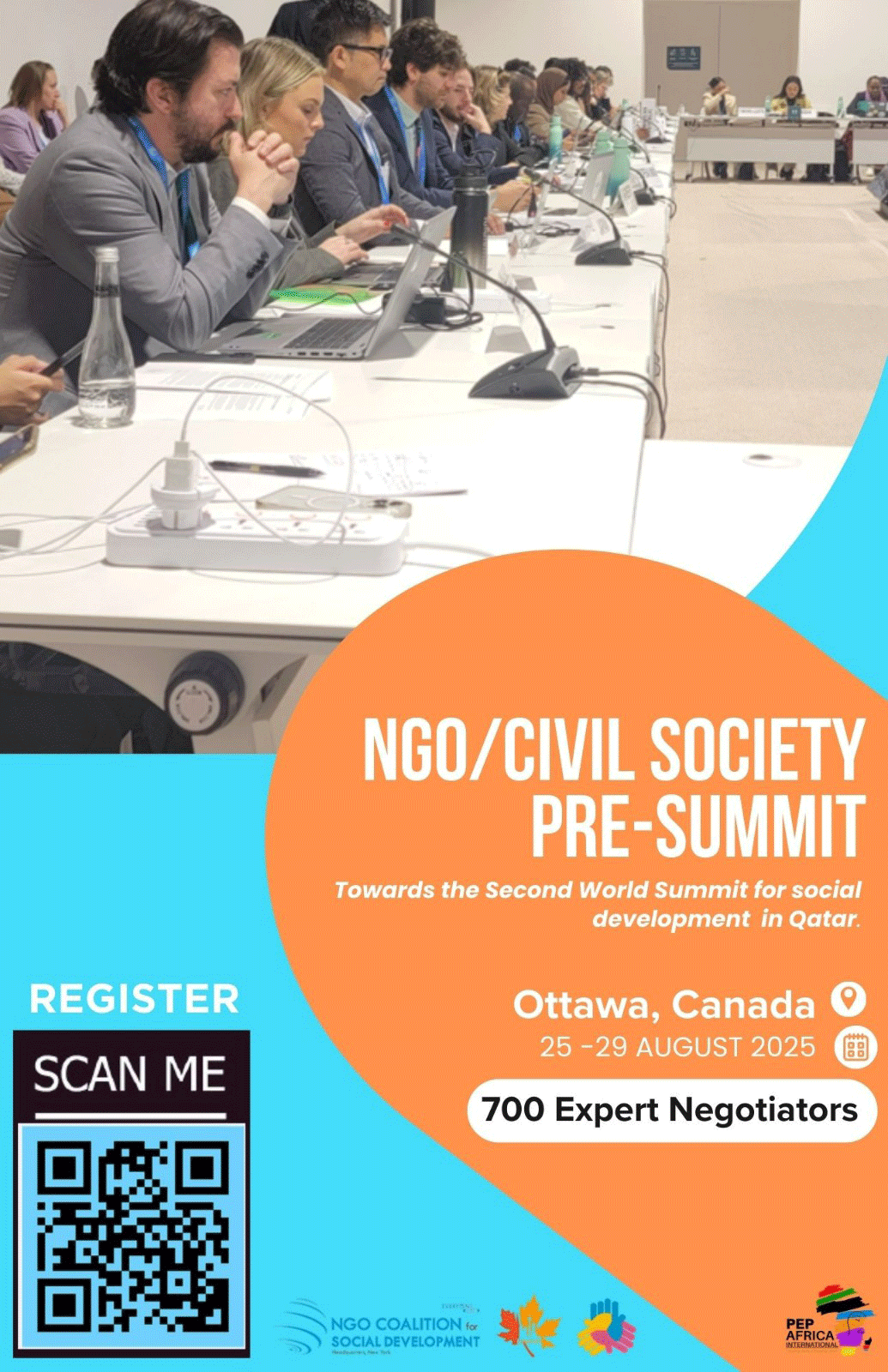
We understand that engaging young people in Education for Sustainable Development (ESD) requires innovative approaches that resonate with their interests, leverage modern technology, and foster a dynamic and interactive learning environment.
Maker Spaces and Labs:
Create maker spaces and labs where students can engage in hands-on activities, experiments, and building projects.
Interactive Simulations:
Interactive simulations for subjects like science and engineering allow students to experiment and learn through trial and error.
Group Projects:
Facilitate group projects that require teamwork and collaboration, teaching students to work effectively with others.
Online Collaboration Tools:
Use tools like Google Classroom, Microsoft Teams, and Slack to enable collaborative work and communication.
Service Learning:
Integrate community service projects with classroom learning to develop civic responsibility and practical skills. Partnerships with Local Organizations:
Partner with local businesses,
Non-profits and cultural institutions provide students with experiential learning opportunities.
Virtual Reality (VR) and Augmented Reality (AR):
Use VR and AR to create immersive experiences that allow students to explore ecosystems, the effects of climate change, and sustainable practices.
Online Platforms and MOOCs:
Leverage online courses and platforms offering sustainable development modules. Platforms like Coursera and edX often have courses on these topics.
STEAM (Science, Technology, Engineering, Arts, and Mathematics):
Incorporate the arts into STEM education to foster creativity and holistic thinking about sustainability.
Integrated Curriculum:
Develop curricula integrating sustainability across subjects, showing how it relates to science, social studies, language arts, and more.
Social Media Challenges:
Create sustainability challenges that can be shared and participated in through social media platforms.
Digital Storytelling:
Encourage students to create blogs, videos, and podcasts about sustainability issues and solutions.
Partnerships with NGOs and Businesses:
Collaborate with non-profits and businesses focused on sustainability to provide students with real-world insights and opportunities.
Global Connections:
Connect classrooms with other students worldwide through projects like UNESCO’s Associated Schools Network, fostering a global perspective on sustainability.
Sustainability through Art:
Use art projects to explore and express sustainability themes, such as creating sculptures from recycled materials or organizing eco-fashion shows.
Storytelling and Theater:
Incorporate sustainability topics into drama and storytelling, enabling students to creatively explore and communicate these themes.
Green Schools:
Implement sustainable practices within the school infrastructure, such as energy conservation, waste reduction, and sustainable food practices, making the school a living example of sustainability.
StudentLed Audits:
Engage students in conducting sustainability audits of their schools, assessing areas like energy use, waste management, and water conservation.
Incorporating Indigenous Knowledge
Learning from Indigenous Practices: Integrate traditional ecological knowledge and practices into the curriculum, showcasing sustainable living methods that have been practised for generations.


